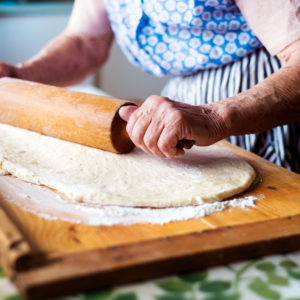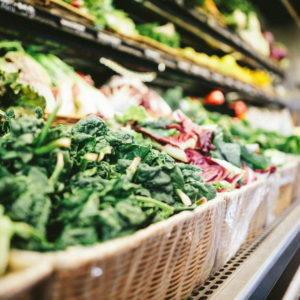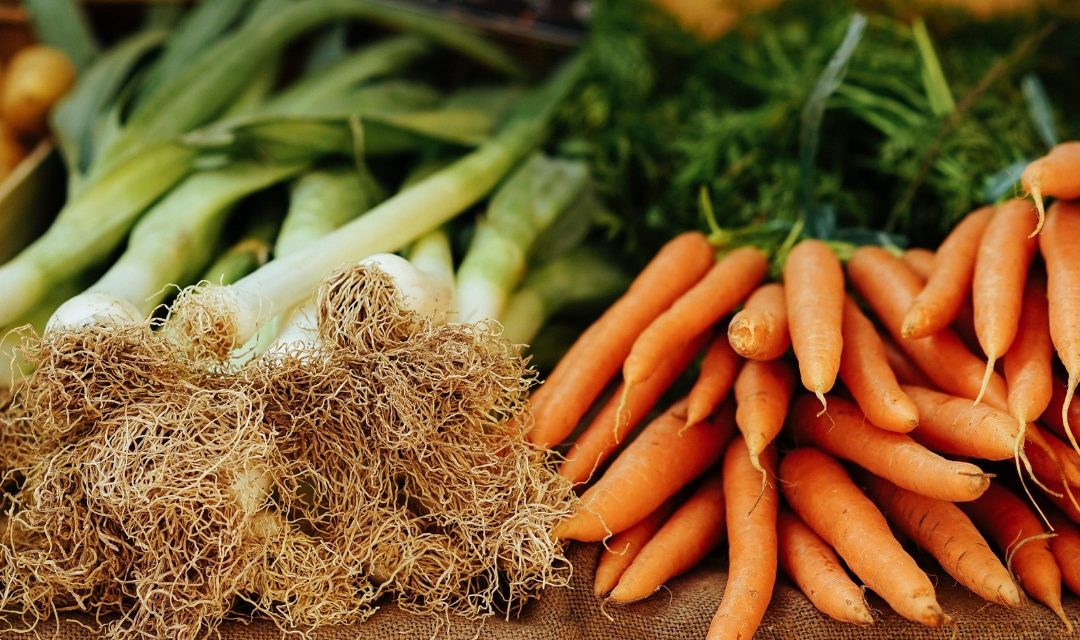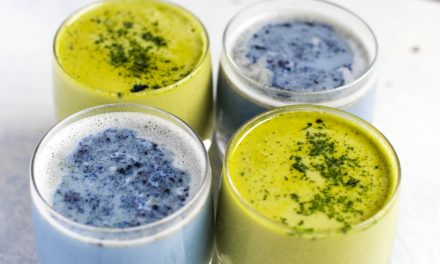Why Should You Eat Like Your Grandmother? Our Grandmothers took their time preparing foods with love, using fresh whole ingredients with as little waste as possible. Yes, they would sometimes use “unhealthy” fats or grains, but portions sizes were smaller, meals were generally balanced, and our grandmothers were most likely not sitting for 8 hours a day.
Family Roots is the first in a series of reflections that will look back in time and remind us of our grandparent’s wisdom and how you can use it to be the best version of yourself.

Photo: Francesca Saraco
Brooklyn, Grandmothers and Noodles
Growing up in Brooklyn, I was fortunate in being able to take advantage of the wisdom of elders, since my grandmother and great-aunt, lived nearby, and I was a constant visitor to their homes as a young child. I had the luxury of watching them create the family recipes first hand. They were in perpetual motion as they worked , and their hands were magic, rolling, and patting, cutting and filling, dumplings and pies, and the most delicious buns.
The ovens were stuffed with treasures, chickens and roasts surrounded by hearty vegetables, mostly potatoes, onions, and carrots, and the pots boiled feverishly away on the stove, with vegetable or chicken soup leaving the kitchen and eventually the rest of their apartment suffused with the wonderful aromas of their culinary endeavors. Sometimes they cooked together, especially during holidays, or as they prepared Sabbath dinners.

The sacred pastry board would come out and the preparation of the noodles would begin. Sometimes, as I got older, I would help to knead the dough and cut the noodles, though not as deftly as my elders. I watched and listened as they prepared their food. Very often they would murmur to each other in a language I did not understand. I remembered some of the words and when I studied Russian as an adult, I realized they were for the most part speaking that language. However, as a young bride, I did not yet know the English equivalents, and merely tried to match the words with the particular recipe being prepared.

Photo: Scott Warman
“Petrushka” and Chicken Vegetable Soup
I decided to try soup as my first venture into recreating a recipe, and soon discovered I did not know the English equivalent for one of the vegetables needed for the family vegetable soup. When I made a visit to the local mom and pop fruit and vegetable market, no supermarkets in those days, I went up and down the aisles and found almost everything I needed, but I could not find one particular item. I asked the owner, who was Italian, if he had petrushka. He looked at me quizzically and shrugged. I showed him a carrot and said it was like a carrot, but whitish. That helped and he foraged around and pulled out from underneath some greens, the object I desired. It was a parsnip. I felt somewhat embarrassed, but happy to be schooled in new world terminology. I made my soup, and its undertaking was the beginning of a lifetime love affair with my family roots, since I discovered after studying Russian, that petruska is the Russian word for parsley, which is actually a root vegetable like parsnip. The Russian word for parsnip is pasternak, and the roots look quite similar, both have a full head of green leaves, and a long white root, and perhaps I confused the two! Whatever the case, I always use parsley and parsnips in my vegetable soups and every once in a while I hear the word petruska rolling off the lips of my beloved matriarchs. Click here for recipe.






